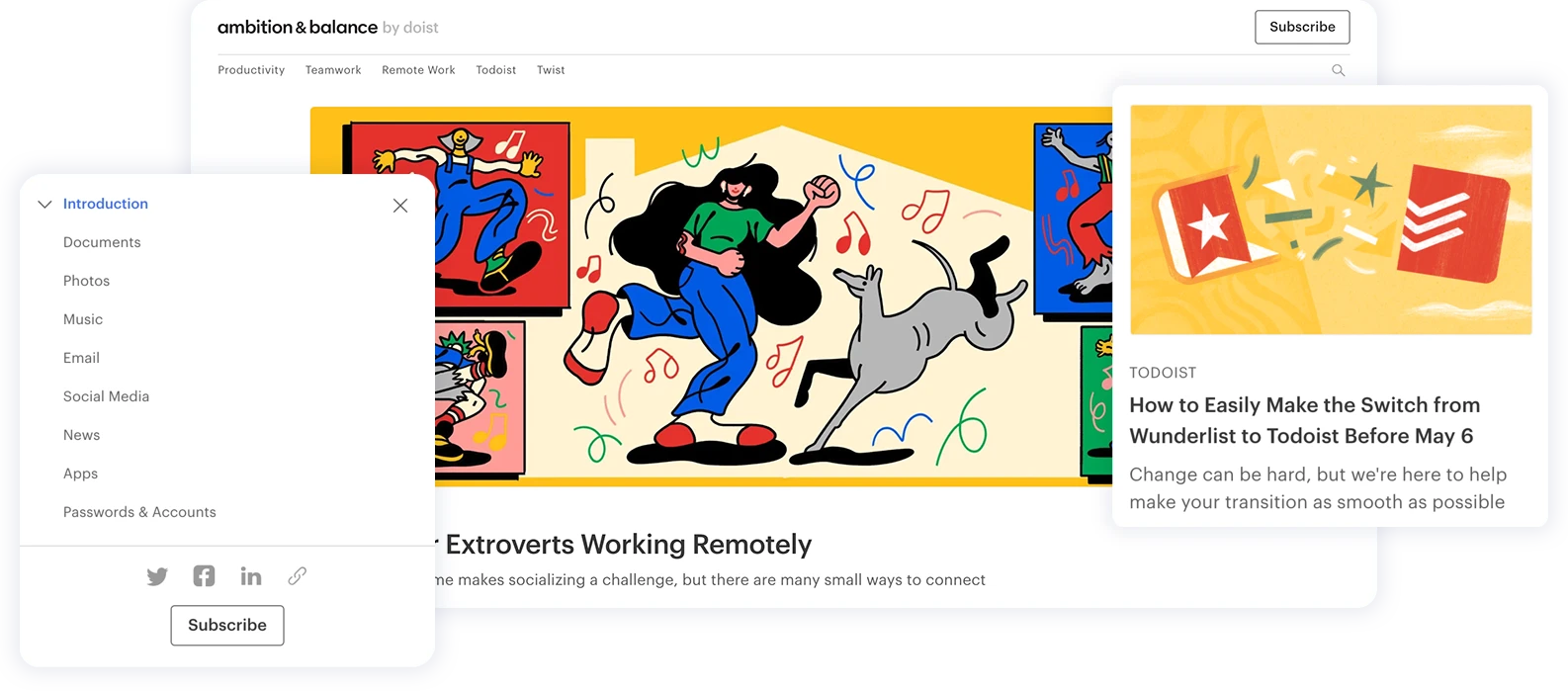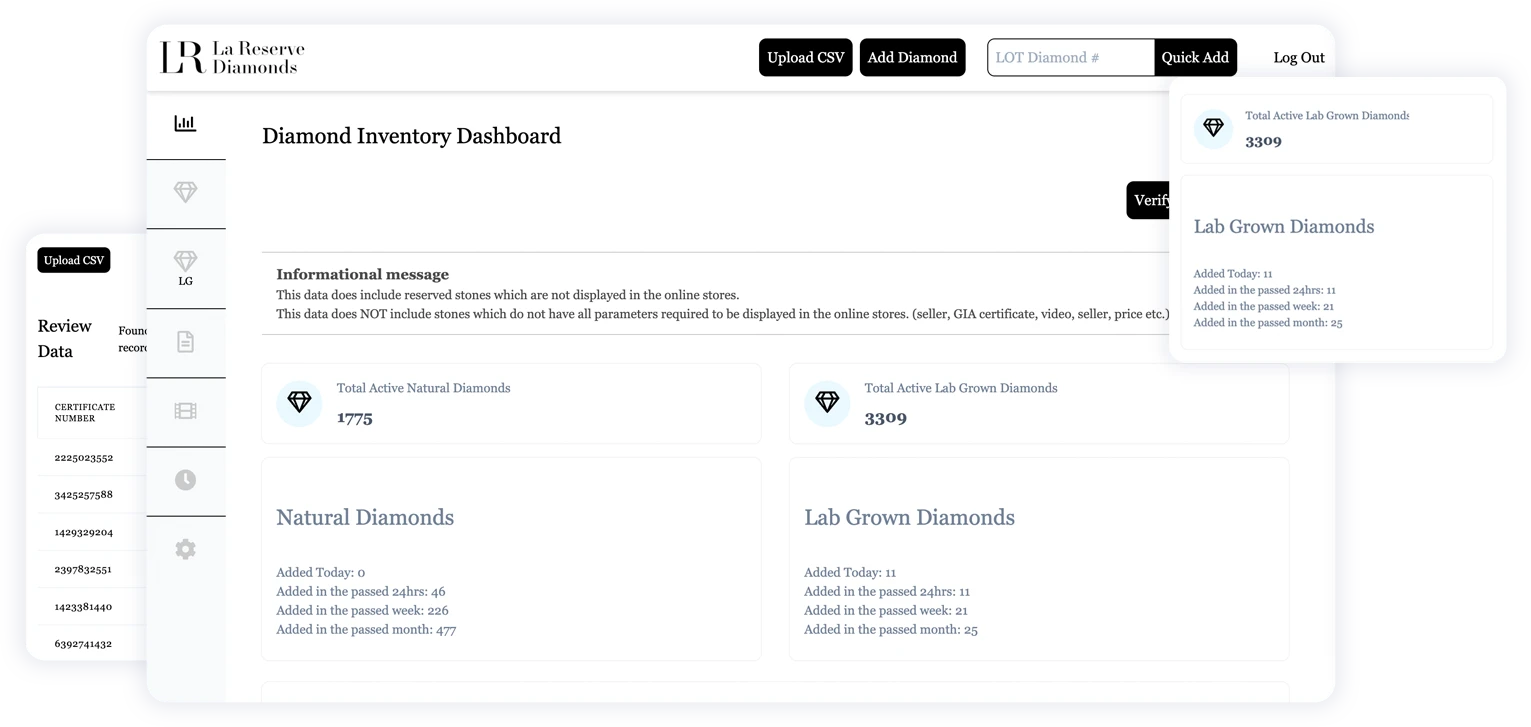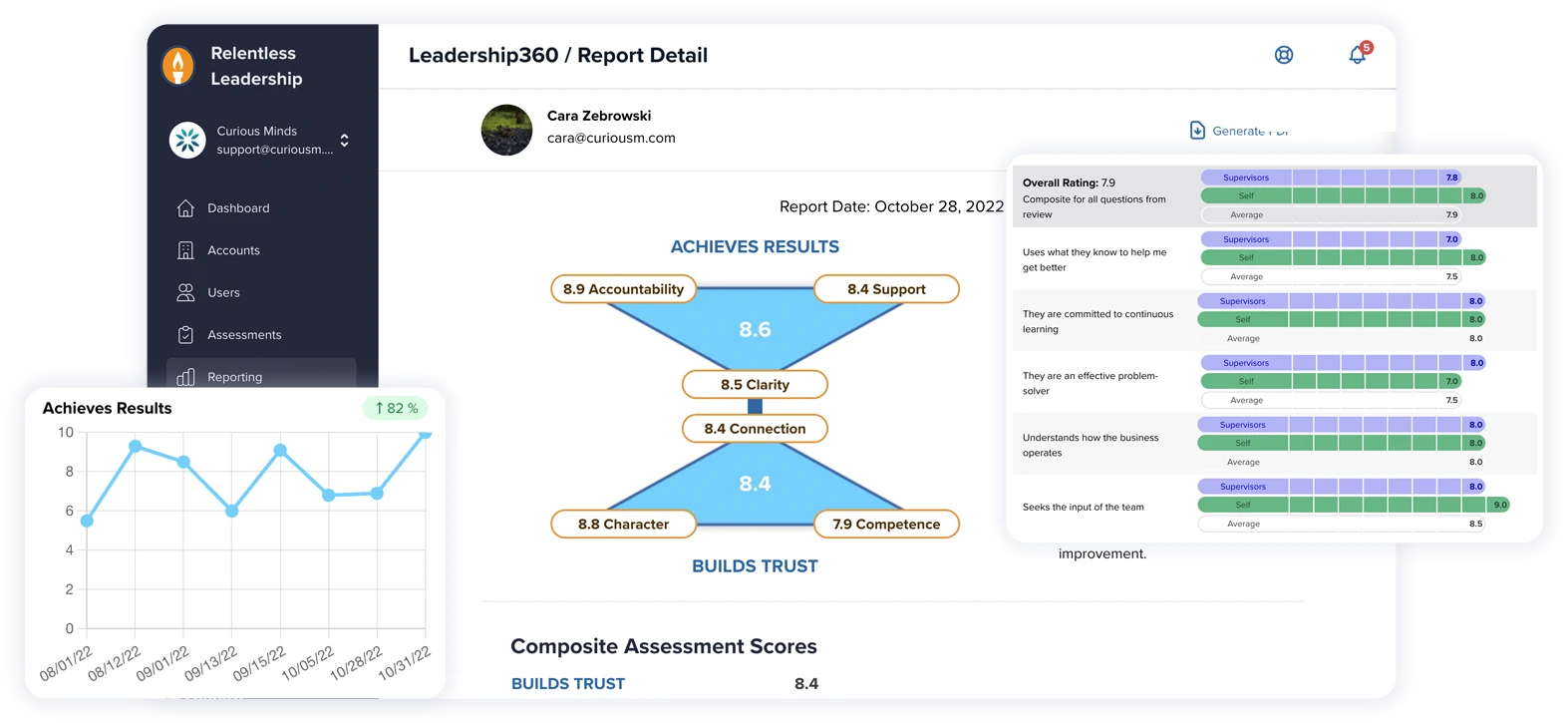Is your workday swallowed by the never-ending task list of managing your online store, leaving zero energy for actually growing it? Feeling constantly stressed, like you're just treading water trying to keep up with orders, inventory, and customer queries? It’s a recipe for burnout, and frankly, it’s holding your business back. The good news? The right kind of time-saving e-commerce platform isn't just about fancy features; it's about reclaiming your daily sanity and boosting your (and your team's) productivity.
Imagine starting your day knowing the tedious stuff – inventory counts, order updates, basic customer replies – is already handled. Imagine ending your day feeling accomplished, not exhausted by fighting your own systems. Instead of being buried under tech glitches, plugin conflicts, and endless manual data entry, you could focus your precious energy on strategy, marketing, and customer connection. Modern platforms offer robust automation, unified dashboards, and smart analytics specifically designed to smooth out your daily grind, reduce stress, and let you breathe again.
Let's dive into how the wrong setup drains your daily productivity and skyrockets stress, and how choosing the right platform can give you back control, day by day.
How Platform Overload Crushes Daily Productivity (and Your Mood)
Picture the daily reality: You're bouncing between your website admin, marketplace dashboards, shipping software, email inbox, and maybe a spreadsheet or two. Each switch breaks your focus. Each manual update carries the risk of error. Each disconnected tool means duplicated effort. It's not just inefficient; it's stressful. This is "platform overload," and it's a productivity killer.
So many e-commerce owners feel like they're drowning in this digital clutter. Instead of a smooth workflow, they face a daily battle against apps that don’t sync, plugins that conflict after an update, and manual tasks that pile up relentlessly. Your team (even if it's just you!) spends valuable hours simply trying to make things work, chasing down information, or fixing mistakes caused by disconnected systems. Think about the daily frustration of manually reconciling inventory levels or copy-pasting addresses – tasks that are ripe for errors and eat away at time that could be spent on sales-generating activities.
This constant juggling act leads directly to mental fatigue and that dreaded "app fatigue." When your tools fight you instead of helping you, stress levels rise, morale drops, and the risk of burnout climbs significantly. It’s hard to feel productive or positive when your day is consumed by putting out fires and wrestling with clunky processes. Ultimately, this daily grind doesn’t just steal time; it stifles creativity and prevents you from focusing on the strategic work needed to truly thrive.
Features That Give You Back Your Day (and Peace of Mind)
When searching for relief, focus on platform features that directly tackle daily time-wasters and stress points:
Rock-Solid Automation: This is your #1 ally. Automating repetitive tasks like inventory updates across channels, order routing, and sending transactional emails (confirmations, shipping notices) eliminates hours of manual work each day and drastically reduces errors. Less manual work = less stress.
A Unified Command Center (Dashboard): Seeing all your key info – orders, inventory, customer data, top sellers – in one place saves incredible amounts of time you'd otherwise spend logging into multiple systems and searching for data. Quick access means faster, less stressful decision-making throughout the day.
Integrated Analytics (Easy Insights): Forget spending hours cobbling together reports. Built-in analytics give you immediate insights into daily performance. Spot trends, see what's working (or not), and adjust quickly without the headache of manual data crunching.
Seamless Integrations (Plays Well with Others): Ensure the platform easily connects with the other tools you rely on (accounting, email marketing, shipping carriers). This avoids manual data transfer, reduces errors, and creates a smoother, less fragmented daily workflow.
Streamlined Fulfillment Tools: Features like batch order processing, integrated shipping label printing, and automated tracking updates turn a time-consuming daily chore into a much faster, manageable process.
Smart Customer Communication: Built-in tools like live chat with canned responses, automated FAQ answers, or integrations with helpdesk software can deflect a significant portion of repetitive customer queries, freeing up valuable time and reducing support stress.
Choosing a platform strong in these areas directly translates to more productive hours, less daily frustration, and a calmer, more controlled management experience.
Streamlining the Daily Grind: Tools Working For You, Not Against You
Embracing the right e-commerce tools and platform means transforming your daily operations from a source of stress into a smooth, efficient engine. When your systems work together, you eliminate redundant tasks, minimize errors, and free up mental energy. Modern platforms often act as the central hub, connecting inventory management, order processing, marketing tools, and even accounting software.
The magic word here, again, is automation. Automating the mundane, error-prone tasks doesn't just save time; it builds reliability and predictability into your day. Think about using API-first or cloud-native tools – they’re built to connect easily, keeping data flowing where it needs to without constant manual intervention. This drastically cuts down on the daily "busywork" that drains productivity.
Good task management features within or integrated with your platform also mean smoother delegation and follow-up, especially crucial for teams. Knowing who's doing what and seeing progress clearly reduces confusion and duplicated effort – major daily productivity boosters. And choosing tools designed for scalability means you won't hit a wall tomorrow, adding another layer of stress reduction for the future.
Connecting tools via integration platforms (like Zapier) further enhances this, creating custom workflows that automate niche tasks specific to your business. The goal is a harmonious system where technology handles the repetitive work, freeing you and your team to focus on high-value activities like customer engagement, product development, and strategic marketing – the things that actually feel productive and rewarding.
Real-World Relief: Seeing the Daily Difference
Let's visit Sarah and her handmade candle shop to see the daily impact:
Before: Sarah started each day with a knot of anxiety in her stomach. First task: manually comparing yesterday's sales from Etsy and her website against her inventory spreadsheet – a tedious hour prone to mistakes. Then came processing orders: copy-pasting addresses into shipping software, double-checking everything – another 1-2 hours easily eaten up, especially after a busy weekend. Throughout the day, her inbox pinged constantly with repetitive "Where's my order?" emails, each requiring a manual lookup and reply. She felt perpetually behind, stressed about overselling, and frustrated that "running the business" meant so little time for actually making candles or thinking about growth. Her daily productivity felt capped by these manual bottlenecks.
After: Now, Sarah starts her day by glancing at her platform's dashboard. Inventory is already synced across all channels – zero minutes spent reconciling. Orders are neatly listed in one place. She selects the day's orders, clicks "print shipping labels," and the integrated system generates them in about 15 minutes total. Automated emails have already confirmed orders and sent tracking info, cutting WISMO emails by over 60%. The constant low-level stress is gone. She estimates she saves at least 2-3 hours of tedious work every single day. This reclaimed time isn't just free time; it's productive time she now invests in designing new products, engaging with customers on social media, and planning promotions. Her daily output has soared, and crucially, her stress levels have plummeted. She feels in control.
And it's not just solo entrepreneurs. Consider Mike and his small team selling niche electronics online:
Before: Their office buzzed with constant, inefficient communication. Slack messages flew back and forth: "Did anyone ship order #ABC?", "Inventory check on Model Z?", "Who replied to that eBay customer query?". They used separate logins for their website, Amazon Seller Central, and eBay, manually updating inventory in all three places (when they remembered). This led to frequent overselling, angry customer emails, and frantic scrambling to fix mistakes – huge stressors for the whole team. Productivity was crippled by confusion, duplicated effort, and the constant need for manual checks and cross-checks. Each team member felt like they were fighting fires rather than moving forward.
After: They migrated to a unified commerce platform. Now, inventory syncs automatically across their site, Amazon, and eBay. All orders flow into a single, shared queue with clear status updates visible to everyone. Shipping is integrated, reducing errors and speeding up dispatch. Many standard customer replies are automated. The frantic Slack chatter has died down. Team members can see what needs doing and trust the data. Errors (and customer complaints) have dropped significantly. Daily productivity per person is up, stress is down, and the team can now focus on improving listings, providing better support for complex issues, and exploring new product lines – a much more positive and productive daily reality.
Kiss These Daily Tasks Goodbye (Thanks to Automation)
So, where does automation really make the biggest difference in your day-to-day e-commerce life? Here are some key workflows that benefit massively:
Inventory Synchronization: This is huge. Automatically updating stock levels across all your sales channels (website, marketplaces, social media) in real-time prevents overselling, eliminates hours of manual checking, and saves you from major customer service headaches (and stress!).
Order Aggregation & Streamlined Processing: Pulling all orders from every channel into one central place simplifies everything. No more logging into multiple dashboards. You get a single, efficient workflow for picking, packing, and shipping, saving clicks and confusion every single day.
Shipping & Fulfillment: Integrated shipping label generation (often with discounted rates) is a massive time-saver. Batch printing labels, automatically sending tracking info to customers, and integrating with fulfillment services (if used) turns a tedious daily chore into a few quick clicks.
Customer Notifications: Automating order confirmations, shipping updates, delivery notices, and even review requests keeps customers informed without you lifting a finger. This drastically cuts down on repetitive "Where is my order?" inquiries, freeing up significant time and improving customer satisfaction.
Basic Customer Service Responses: Setting up automated replies for common questions (via email autoresponders or integrated chatbots) handles a large chunk of routine inquiries instantly, 24/7. This lets you or your team focus on resolving more complex issues, boosting overall support productivity.
Routine Reporting: Instead of manually pulling data into spreadsheets each day or week, automated reports show you key metrics (sales, traffic, top products) on your dashboard instantly. Faster insights mean faster, more informed daily decisions without the reporting grind.
By automating these core daily tasks, you fundamentally change your workload, reducing manual effort, minimizing errors, and freeing up substantial amounts of time and mental energy.
Time for a Change? Recognizing When Your Platform is Draining Your Day
Realizing your current tech is the source of your daily stress and inefficiency? That 'aha!' moment can be powerful. Spotting the signs that your system is actively working against your productivity is key:
The Daily Grind Feels Excessive: If you or your team consistently spend hours each day on tasks that feel like they should be automated (manual inventory updates, copy-pasting data, repetitive email replies), that's a huge red flag. Your platform should reduce friction, not create it.
Constant Context Switching: Are you perpetually bouncing between different apps and browser tabs just to manage basic operations? This mental juggling act kills focus and efficiency. A unified platform minimizes this drastically.
Errors are Common: Frequent mistakes in orders, shipping, or inventory caused by manual entry or disconnected systems? That's not just inefficient; it's costly and incredibly stressful. Good automation minimizes these errors.
Scaling Feels Impossible: Does the thought of handling more orders or adding a new sales channel fill you with dread because you know your current processes can't handle it without exponentially more manual work and stress? Your platform should enable growth, not make it terrifying.
Lack of Visibility: Do you struggle to get a quick, clear picture of your daily performance or inventory levels without significant effort? This lack of real-time visibility hinders quick decision-making and adds uncertainty to your day.
If these points sound painfully familiar, it's likely your current setup is actively hindering your daily productivity and contributing to burnout. Pivoting to a platform designed for efficiency isn't just an upgrade; it's an investment in a less stressful, more productive future for your business.
Platforms to Explore: Where to Start Looking
Feeling like it might be time to explore? While the "best" platform truly depends on your specific business needs, budget, technical comfort, and growth plans, here are a few well-regarded options that often come up when discussing streamlined, time-saving features:
Shopify: Hugely popular, known for being user-friendly and having a vast app store. It's a hosted SaaS (Software as a Service) solution, meaning they handle the hosting and technical backend stuff. Great for getting started quickly and scaling up.
BigCommerce: Another leading SaaS platform, often praised for having many features built-in that might require apps on other platforms. It's known for being robust and scalable, particularly for businesses with larger catalogs or more complex needs.
WooCommerce: This is different – it's a free plugin for WordPress websites. It's incredibly flexible and customizable (open-source), but requires more hands-on management (you handle hosting, security, updates). You'll likely need additional paid plugins to get the same level of automation and features as the SaaS options, so factor that into your cost and time assessment.
Adobe Commerce (formerly Magento): A powerful platform often used by larger, more established businesses with complex requirements and potentially dedicated development resources. It comes in both open-source and paid (cloud) versions. Higher learning curve and cost, but extremely capable.
Remember, this isn't an exhaustive list! Do your own research, check out free trials, and think hard about which features will genuinely save you the most time and headaches.
Build a Store (and a Workday) That Works Smarter, Not Harder
So, take a hard look at your current daily grind. How much time and energy are really being lost to inefficient processes and tool juggling? Imagine replacing that friction and stress with smooth, automated workflows. By prioritizing a platform with strong automation and integration, you're not just buying software; you're buying back time in your day, boosting productivity, and significantly lowering stress levels for yourself and your team.
A smarter store, powered by the right platform, allows you to run operations efficiently, reduce costly errors, and keep customers happier with less manual effort. It becomes a reliable foundation that lets you finally focus your energy where it truly counts: strategically growing your business and maybe even enjoying the process a little more.



















